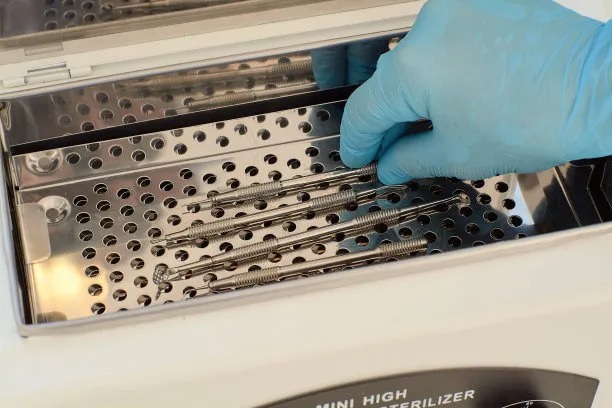Essential Guidelines to Follow After Receiving a Dental Filling to Ensure Optimal Recovery and Oral Health
Summary: Receiving a dental filling is a common procedure to restore tooth function and prevent further decay. However, proper care after the treatment is essential for optimal recovery and to maintain oral health. This article outlines four essential guidelines to follow post-filling: maintaining oral hygiene, managing dietary choices, keeping regular dental appointments, and recognizing signs of complications. Each guideline offers practical tips to help patients heal effectively and minimize discomfort, ensuring a vibrant smile and lasting dental health.
1. Maintaining Good Oral Hygiene Practices

Oral hygiene is crucial after receiving a dental filling. Patients should resume their regular brushing and flossing routine as soon as possible. However, its advisable to be gentle around the filled area to avoid any undue pressure or irritation. Soft-bristled toothbrushes are recommended for their gentle cleaning action.
Moreover, patients should wait at least 24 hours before using mouthwash. This is to ensure that any temporary filling has set properly and avoids dislodging it. When using floss, care should be taken to thread it gently between teeth so as not to disrupt the filling.
Using antibacterial mouth rinses can also be beneficial post-treatment. They help to minimize bacteria build-up and keep the filled area clean, aiding in a smoother healing process. Regular oral hygiene practices can significantly reduce the risk of additional decay or damage.
2. Making Smart Dietary Choices
The choice of diet plays a pivotal role in one鈥檚 recovery after a dental filling. Immediately after the procedure, it鈥檚 advisable to avoid hard, crunchy, or sticky foods that can exert pressure on the filling or cause it to loosen. Soft foods such as yogurt, applesauce, and mashed potatoes are gentle on the treated area.
Hot and cold beverages should also be approached with caution. Extremes in temperature can cause discomfort to sensitive teeth, especially when fillings are newly placed. For at least the first 24 hours, sticking to lukewarm or room-temperature drinks will minimize sensitivity.
Additionally, patients should also limit sugary foods and drinks. Sweets can contribute to plaque buildup and promote further dental issues, which is counterproductive to the recovery goals post-treatment. A balanced diet rich in nutrients will speed up healing and strengthen teeth.
3. Keeping Up with Regular Dental Appointments
Preventative dental care is essential for ensuring the longevity of fillings. Regular dental check-ups should be maintained every six months, or as recommended by a dentist, to assess the condition of the filling and surrounding teeth. These appointments are an opportunity for professionals to monitor oral health more closely.
In addition to regular examinations, professional cleanings can help remove plaque and tartar buildup that regular brushing sometimes misses. Cleanings can also ensure that the filled area remains in excellent condition, minimizing risk of future decay.
If patients experience any discomfort or changes in the filled tooth between appointments, they should not hesitate to contact their dentist. An early intervention can prevent more extensive and costly dental work in the future, protecting the integrity of existing fillings and overall oral health.
4. Recognizing Signs of Complications
Awareness of potential complications is essential after receiving a dental filling. Patients should be vigilant for signs such as persistent pain, swelling, or sensitivity that lasts beyond a few days. While some discomfort is normal after the procedure, prolonged symptoms may require a follow-up with the dentist.
Also, watch for any dislodgement or damage to the filling itself. If a filling feels loose, or if any pieces chip away, it is crucial to see a dentist promptly to avoid further tooth damage.
Lastly, patients should note that any changes in bite alignment following the treatment may indicate an issue with the filling. If the area feels uncomfortable or if chewing becomes increasingly difficult, it could be a sign that adjustment or replacement is necessary.
Summary:
In conclusion, following a dental filling, maintaining oral hygiene, making informed dietary choices, attending regular dental appointments, and recognizing complications play significant roles in ensuring proper recovery and optimizing oral health. By adhering to these guidelines, patients can enjoy their dental restorations successfully and prolong their overall dental health.
This article is compiled by Vickong Dental and the content is for reference only.



